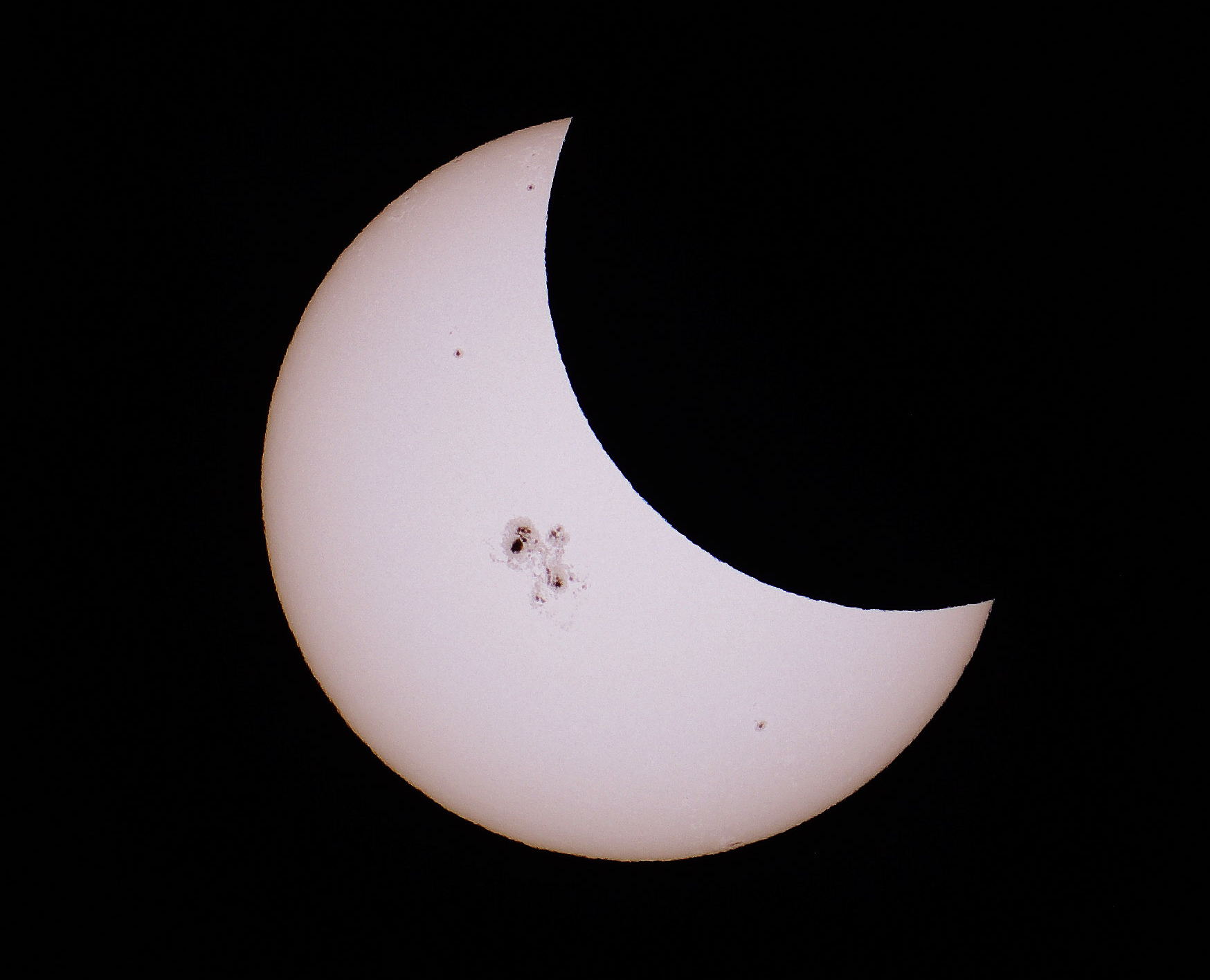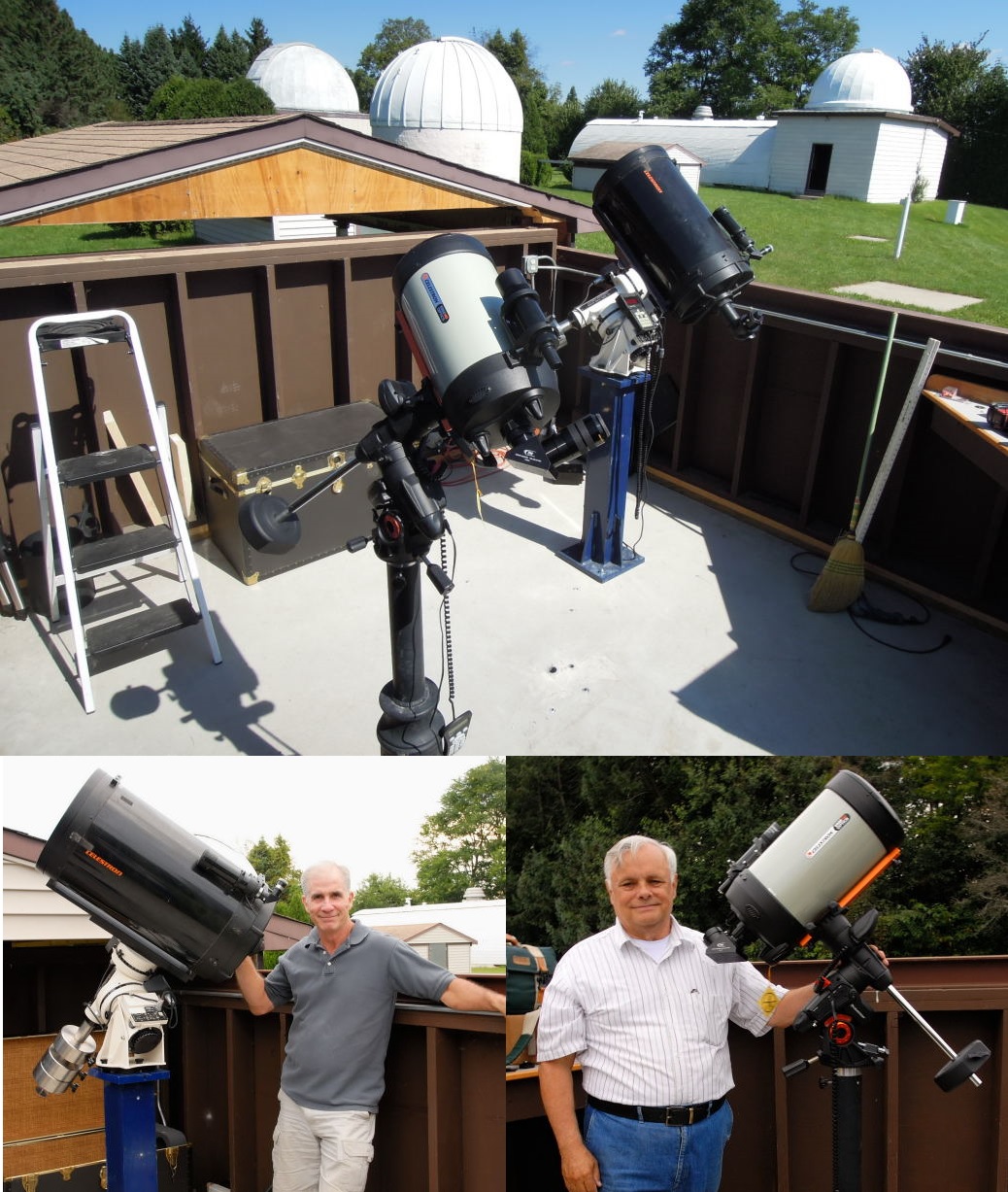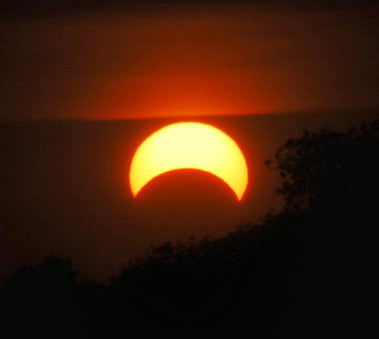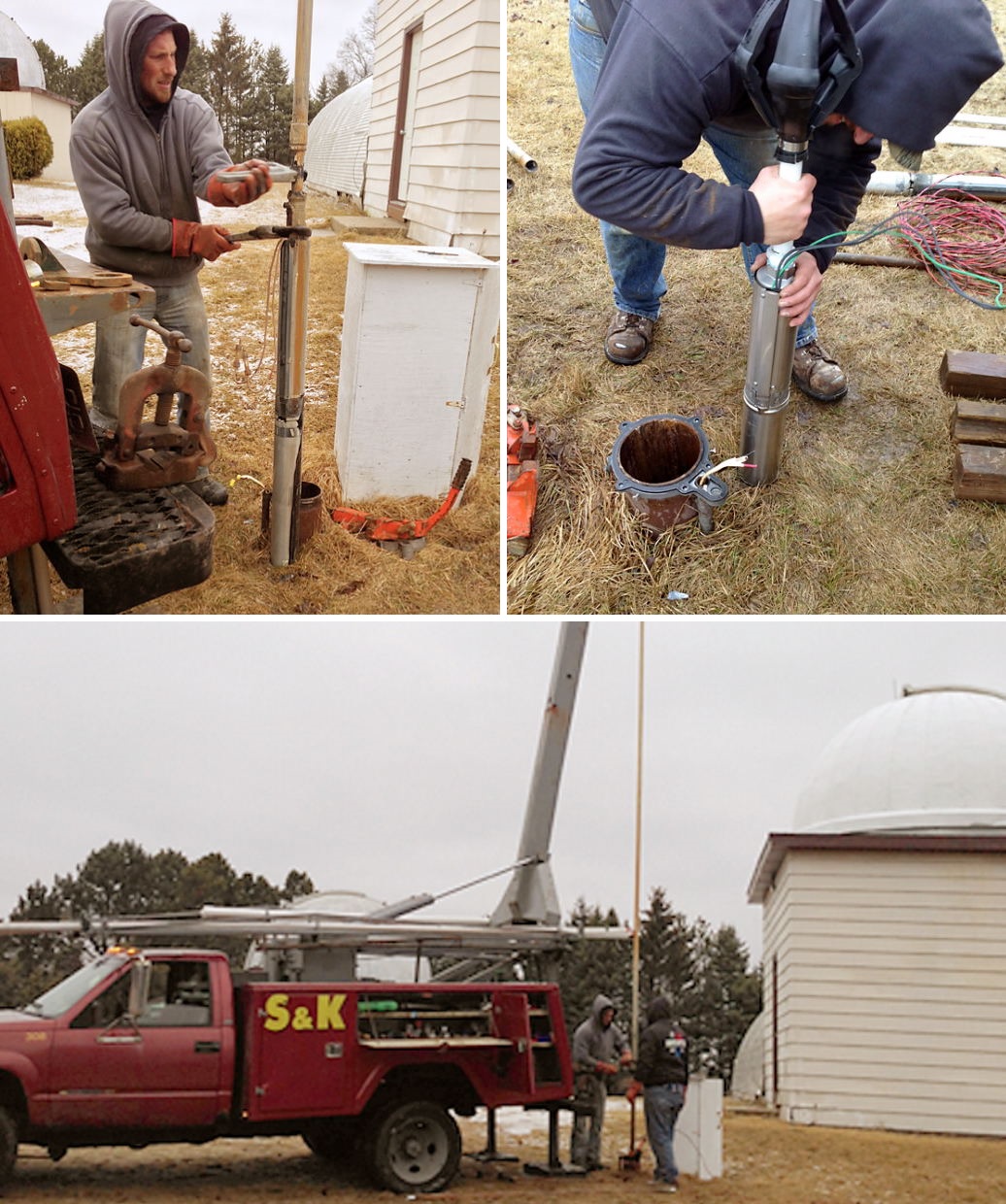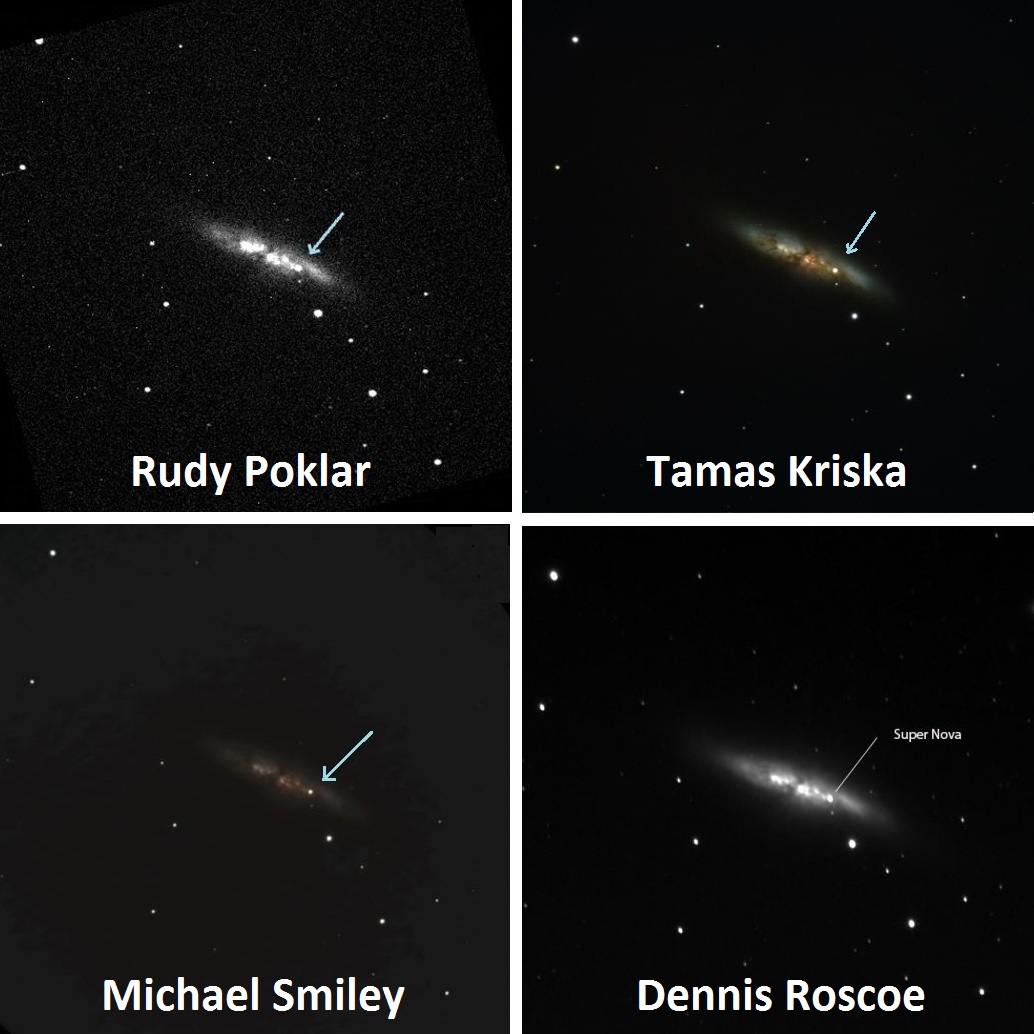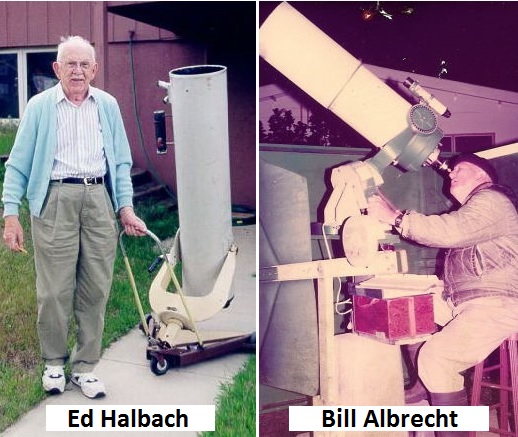Front Page Archive - 2014
Here are the photos and articles that have appeared on the front pages of the MAS website during 2014.
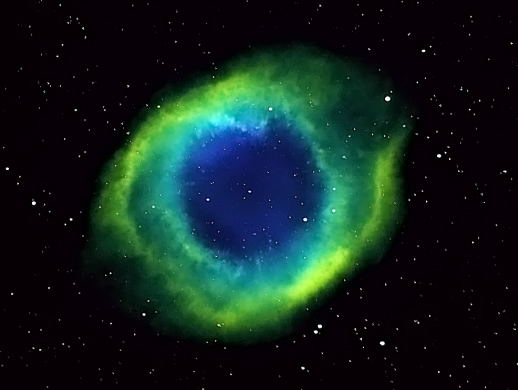
|
|
Think astronomical imaging is a simple process of just aiming the telescope, hitting the shutter on the camera, and presto: a picture? Here's a good example to show it just ain't so. This is an image of the Helix Nebula sometimes referred to as the Eye Of God Nebula, by MAS member Dennis Roscoe. He used his TOA-130F, f/5.3 refractor, STF-8300M camera, and. 5nm NB Filters. This final image was formed by merging 16 30-minute exposures. Click here to see this and other MAS member images in our Showcase. |
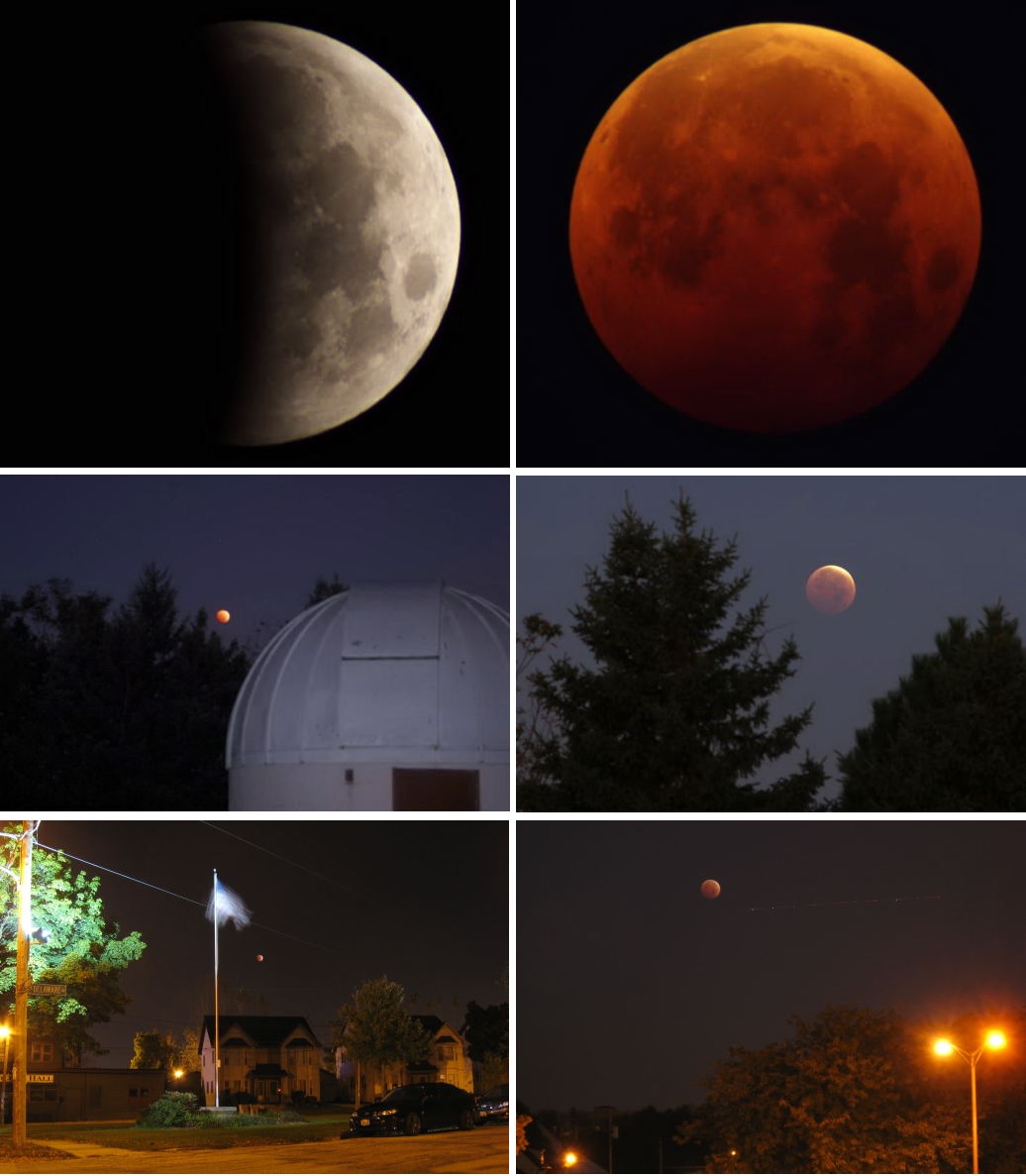
|
|
Images of the total lunar eclipse on October 8, 2014. The top 4 pictures were taken by Paul Borchardt from the MAS Observatory. The lower 2 pictures were taken by Paul Smith from Bay View. Click here to see these and other MAS member images in our Showcase.
|
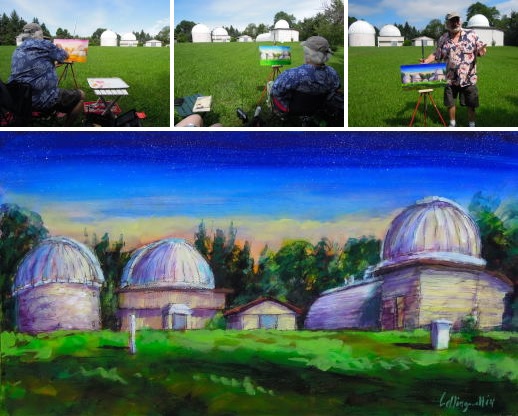
|
|
Portrait of our observatory as rendered by artist Les Leffingwell, who as you can see is a very talented and award winning artist. He contacted the Observatory Director for permission to use the grounds and painted this image over two days. He calls the painting, "Twilight Domes." We like the result! Click here to see more of his work. Click here if you'd like to buy a copy or even the original from Les. |
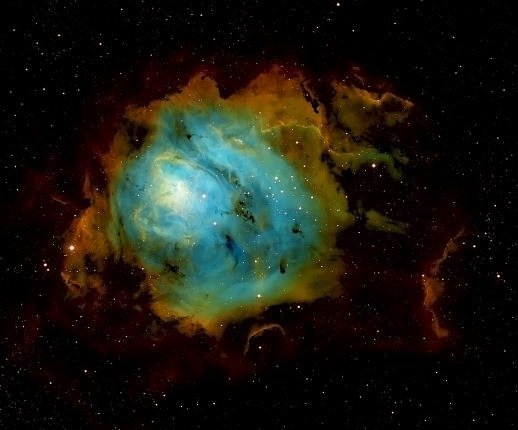
|
|
What's new in the Showcase? The latest image from Dennis Roscoe! Here is his processed picture of M8, the Lagoon Nebula taken with his TOA-130F f/5.3 telescope and STF-8300M camera. It is a narrowband image with a total exposure time of 7 hours - 2hr Ha, 2hr SII, and 3hr OIII. And if you'd like to learn how Dennis does this magic, he's teaching a course in September at UW-Waukesha and all are welcome.
The full moon on August 10th was called the supermoon, but as you
can see from the images above, it's misleading. These three
images represent the moon at it's largest (the so-called super),
it's average, and smallest sizes. To the naked-eye, it's
hardly noticeable. Read
about it in Astronomy Magazine.
|
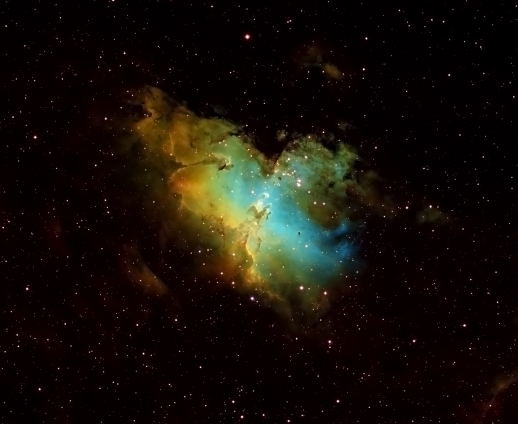
|
|
What's new in the Showcase? The latest image from Dennis Roscoe! Here is his processed picture of M16, the Eagle Nebula taken with his TOA-130F f/5.3 telescope and STF-8300M camera. It is a narrowband image with a total exposure time of 7.5 hours - 2hr Ha, 2hr SII, and 3.5hr OIII. See this and other images by Dennis and other MAS members in our Showcase. |
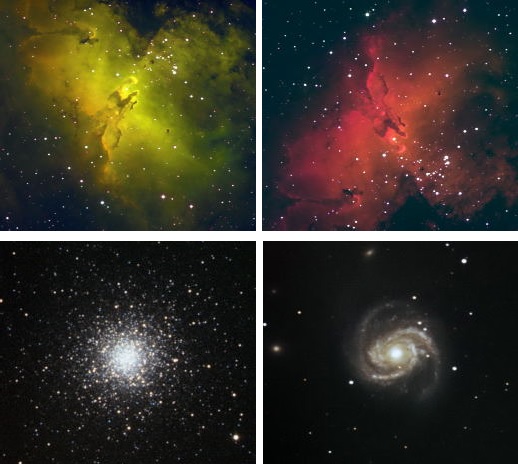
|
|
What's new in the Showcase? The latest images from the Z Scope rebuild project! At the top are two images of the Eagle Nebula (M16) in RGB and Ha. At the bottom are the globular cluster,M3, and the galaxy, M100, both photographed in RGB. All images are by Scott Jamieson. Meteor Shower BustOn May 24th from about 12:30AM to 3:45AM, the hoped for meteor show (possibly even a storm) was nearly a complete bust. It produced nearly no meteors. As we reported earlier, we were passing through for the first time a debris field left by Comet 209P/Linear and no one knew how rich or sparse. Conclusion: sparse. But we do have a few meteor showers every year and they are a naked-eye viewing events. More information about meteor showers can be found at stardate.org. |
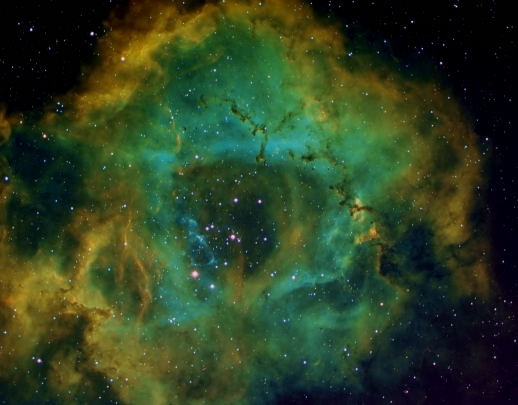 |
|
In honor of Astronomy Day on May 10th, TIME.com teamed up with the Astronomical League to publish the umbrella organization's top photographs of the year. And MAS member, Dennis Roscoe's image of the Rosette Nebula is front and center! And in addition, they also published his images of the Orion Nebula and the Pelican Nebula. We congratulate Dennis for this recognition of his excellent work! |
A Total Lunar Eclipse!On the evening of April 14-15 starting at about 12:58AM (CDT), there will be a total lunar eclipse of the moon and visible here weather permitting.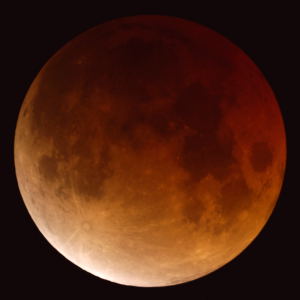 Unfortunately, because this is going to be a weeknight and the
eclipse won't start until after midnight, the MAS will not be having an open house for this
event. But that doesn't mean you can't view and enjoy this
event, probably from your own home.
Unfortunately, because this is going to be a weeknight and the
eclipse won't start until after midnight, the MAS will not be having an open house for this
event. But that doesn't mean you can't view and enjoy this
event, probably from your own home.
Unlike solar eclipses where great care must be taken to protect your eyes, lunar observing is completely safe.* And you don't really need a huge telescope to enjoy the view. It will be a great sight with the unaided eye and if you have a pair of binoculars, you will get a great view. Have just a small telescope? Your view will probably be just as good as those through the large telescopes at our observatory. See the eclipse progression here. The eclipse timings: it begins at 12:58AM (CDT) as you'll see the shadow of the Earth begin to cover the full moon from the eastern edge. By an hour later at 2:07AM, the shadow will completely cover the moon and as it does, it will turn it a brilliant orange. Mid-eclipse occurs at 2:46AM and totality ends at 3:25AM. The orange color will quickly disappear and the eclipse will end at 4:33AM. You can find more information of what to expect in Astronomy Magazine. If you miss it, however, there will be another chance to see one this coming October 7-8. * Remember, at night you should always take care for your personal safety! |
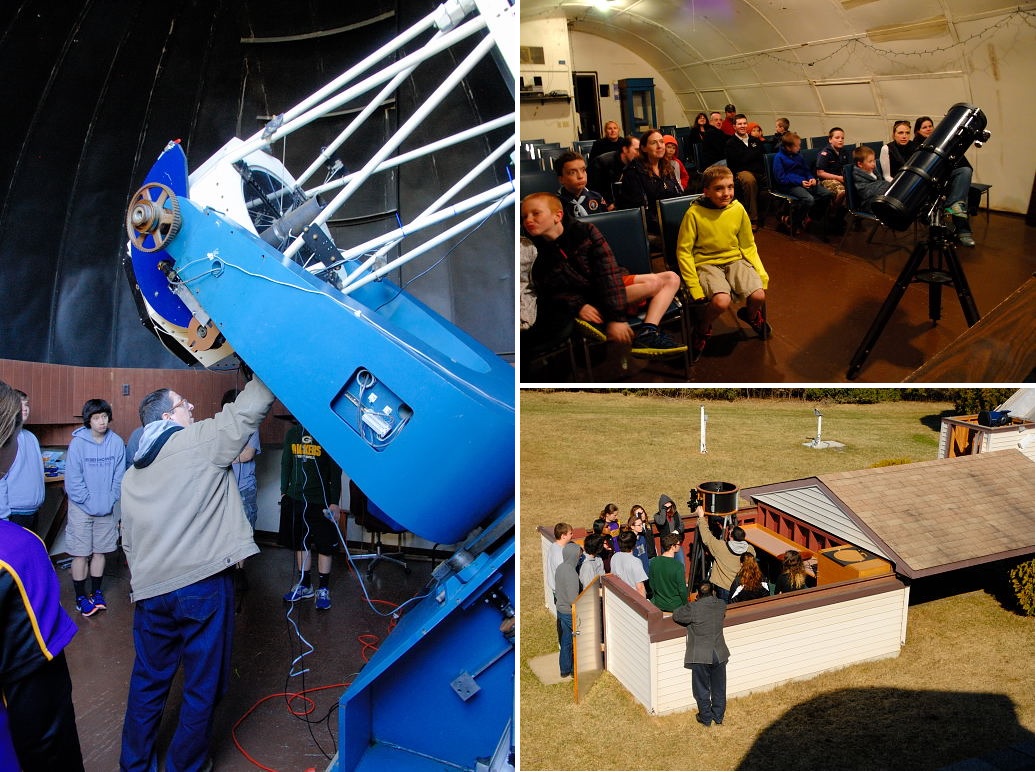 |
|
The public viewing and tour season has finally begun! We've already hosted a couple of observatory tours plus our first public night. The next one will be Friday, May 23rd. We need as much help as possible for the public nights because the publicity by Fox News with the Cosmos series has created a lot of excitement. If you're interested in helping out with the tours, please contact our Tour Director, Paul Borchardt via the web, or call him at 262-781-0169. Possible Meteor Shower/StormOn May 24th from about 12:30AM to 3:45AM, the Earth will pass through for the first time a debris field left by Comet 209P/Linear. Warning: the "show" is far from certain. We might see little if nothing or the show might be simply spectacular. The best news is that you don't need (or can even use) a telescope or even binoculars. Meteor showers are a naked-eye viewing event. But if possible, getting to a darker site will always provide a better view and allow you to see more meteors. More information about meteor showers can be found at stardate.org. |

|
|
New in the Showcase! The most recent images taken by MAS members Tom Schmidtkunz and Dennis Roscoe. |
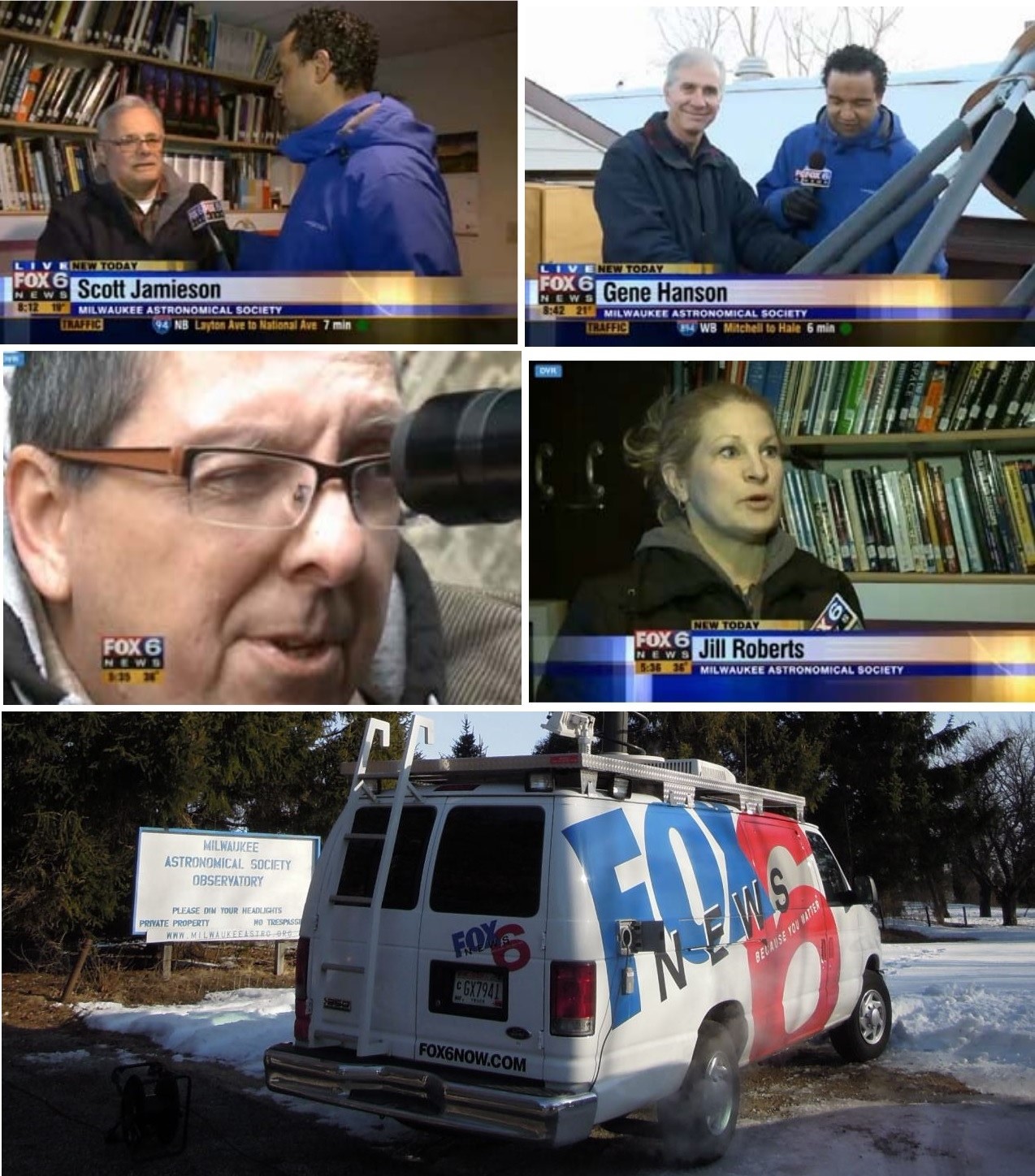 |
| The MAS gets its 15 minutes of fame.To help promote the new Cosmos series hosted by Neil deGrasse Tyson, Fox News 6 came to our observatory on March 9th to air 4 live spots and record material for 2 additional segments later in the day. Click here to read the whole story. |
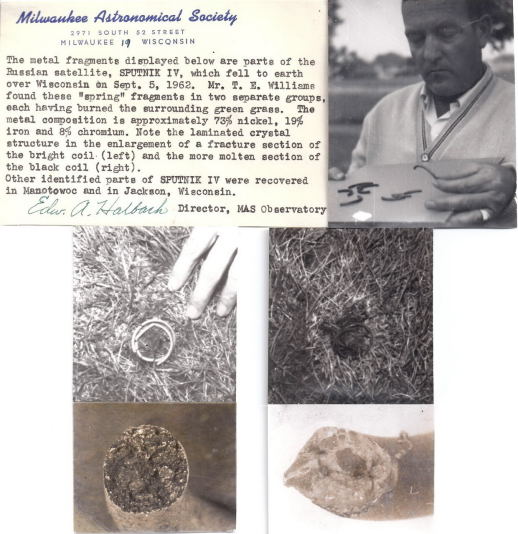 |
| Due to the generosity of Tom Williams, the MAS now has genuine parts of the Sputnik 4 satellite that fell in West Bend on September 5, 1962. And the parts were verified at the time by our longtime MAS Observatory Director, Ed Halbach. Click here to read the whole story. |
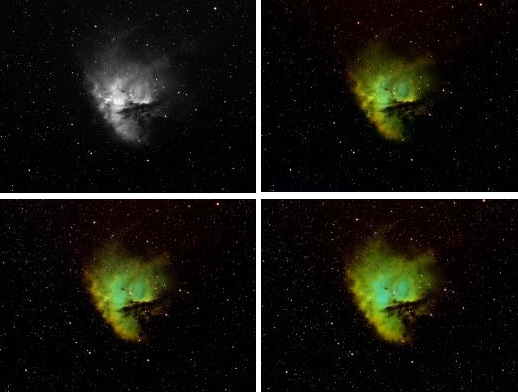
|
| The Pacman Nebula (aka NGC 281) imaged by Dennis Roscoe with his TOA-130F, f/5.3 scope and STF-8300M camera with 5nm Narrow Band filters. This shows Dennis' progression. From top left, he started with a 2 hr exposure just in Hydrogen Alpha (Ha). Being satisfied, he went on and added exposures in Sulfur-II (SII) and Oxygen-III (OIII), mapping Ha to Green, SII to Red, and OIII to Blue. Top right: 4.5 hours. Bottom left: 9.0 hours. The final image at bottom right is 12.5 hours (4.0 hrs Ha, 4 hrs SII, and 4.5 hrs OIII). |
 |
| The Pelican Nebula
(aka IC 5070 and IC 5067) which is associated with the North America
Nebula in Cygnus as imaged by Dennis Roscoe. He used his
TOA-130F, f/5.3 scope and STF-8300M camera with 5nm Narrow Band
filters. The total exposure time was 7.5 hours - 2.5hr SII, 2.5hr
OIII, and 2.5hr Ha. More images by Dennis can be found in the
Showcase, To see Dennis'
setup, see it on his
personal website. |
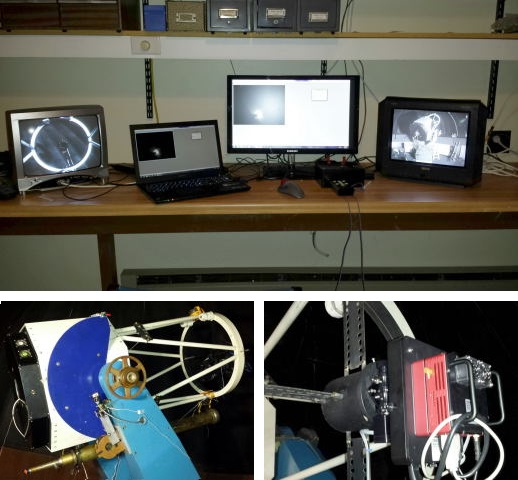 |
| Images from the completed Z-Scope rebuilding project by Scott Jamieson. To see images taken with the Z-Scope, check them out in the Showcase. |
|

